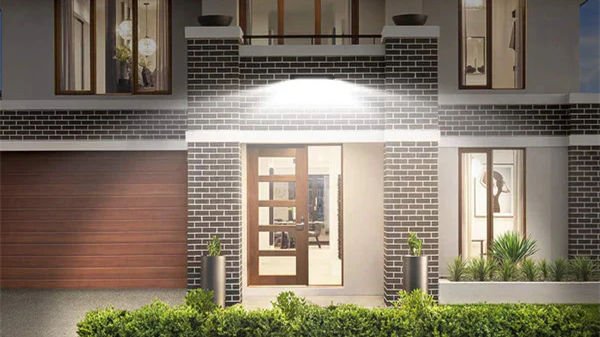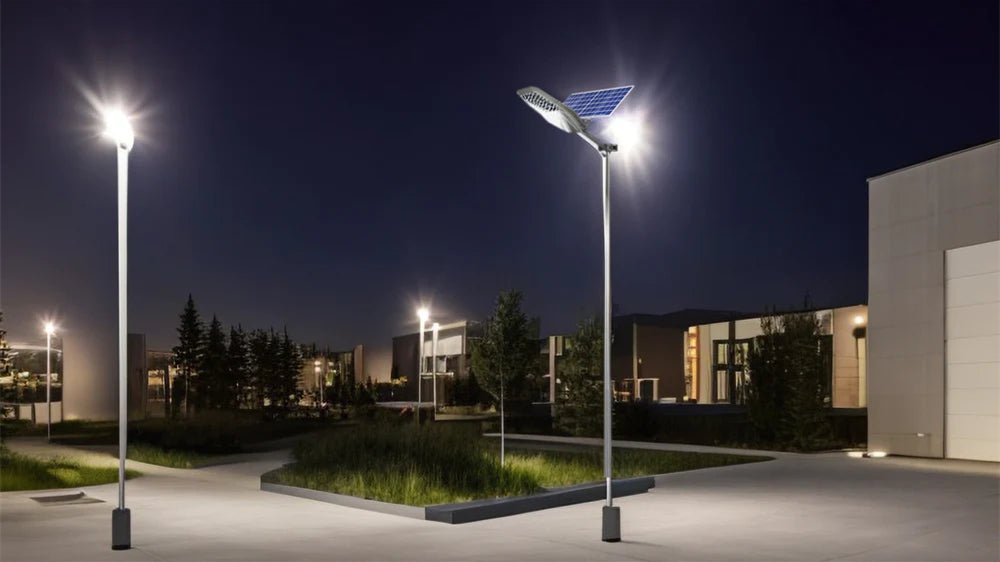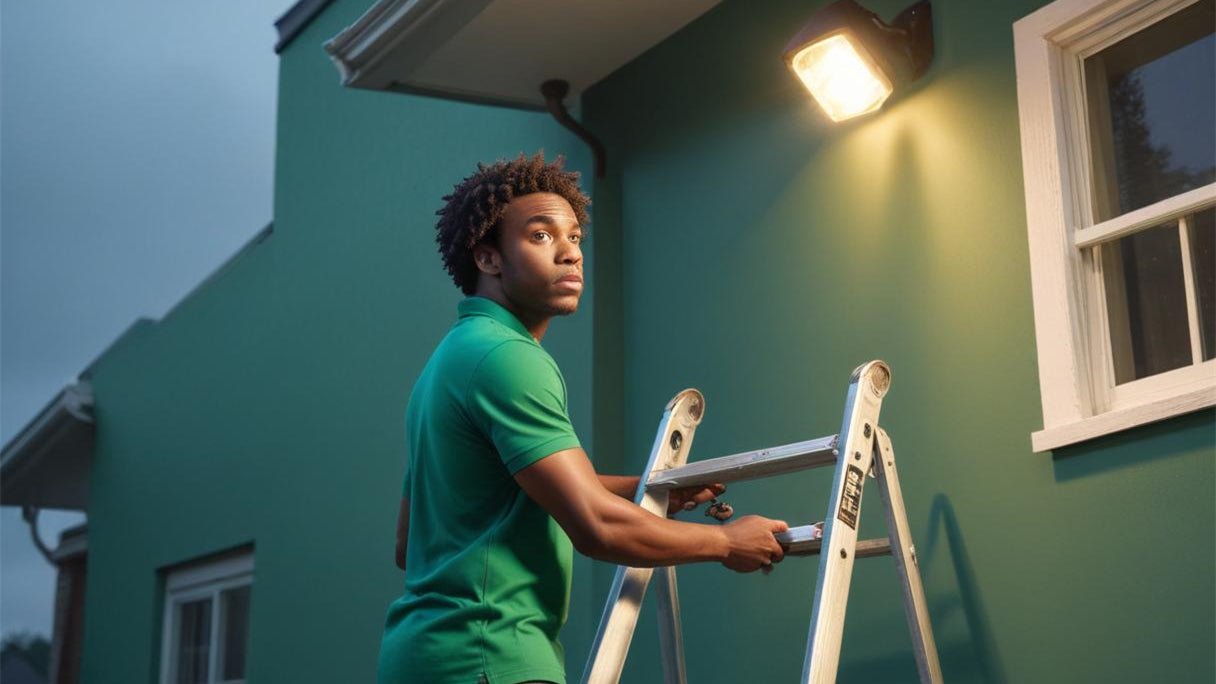In the ever-evolving world of lighting solutions, choosing the right type of bulb for your specific needs is crucial. This blog post delves into the differences between regular light bulbs and flood lights, explores the question of which is better, and provides guidance on how to make an informed choice for your lighting requirements.
Differences Between Regular Light Bulb and Flood Light
1. Regular Light Bulbs
Regular light bulbs, often referred to as general-purpose bulbs, are designed for widespread illumination in various settings. Here are some key characteristics:
1.1. Omni-Directional Light:
Regular bulbs emit light in all directions, providing a uniform illumination pattern suitable for general lighting in homes, offices, and commercial spaces.
1.2. Versatility:
Available in various shapes and sizes, including A-shape, globe, and candle, regular bulbs offer versatility for different fixtures and applications.
1.3. Typical Usage:
Commonly used for ambient lighting in living rooms, bedrooms, and hallways, where even illumination is essential.
2. Flood Lights
Flood lights, on the other hand, are designed for specific tasks and accent lighting. Here are the distinctive features:
2.1. Directional Light:
Flood lights produce a concentrated beam of light in a specific direction, making them ideal for highlighting specific areas or objects.
2.2. Wide Beam Angle:
These lights typically have a wide beam angle, covering a larger area with intense light. This is advantageous for outdoor spaces, security lighting, or highlighting architectural features.
2.3. Applications:
Frequently used for outdoor lighting, security lighting, landscaping, and accentuating focal points such as artwork or architectural elements.

Which is Better?
Determining which lighting option is better involves a nuanced evaluation based on specific needs and preferences. Let's delve deeper into various considerations to help you make an informed decision:
1. Ambiance and Versatility:
1.1. Regular Light Bulbs:
Provide a soft and even illumination throughout a room, creating a cozy ambiance.
Versatile in terms of shapes and sizes, fitting into various fixtures and applications.
Best Suited for general lighting in living rooms, bedrooms, kitchens, and areas where uniform illumination is desired.
1.2. Flood Lights:
Emit a focused, directional beam, ideal for accentuating specific areas or objects.
Suitable for both indoor and outdoor applications, providing versatility in lighting design.
Best Suited for highlighting architectural features, artwork, or outdoor landscaping, as well as enhancing security.
Verdict: The choice depends on the specific ambiance you want to create. Regular bulbs are excellent for general illumination, while flood lights excel in creating focal points and highlighting specific details.
2. Energy Efficiency and Longevity:
2.1. Regular Light Bulbs:
LED and CFL options offer high energy efficiency and reduced electricity consumption.
Longer lifespan compared to traditional incandescent bulbs.
Considerations:
Initial cost might be higher, but the long-term savings and durability outweigh the investment.
2.2. Flood Lights:
LED flood lights are highly energy-efficient and durable, making them a cost-effective choice over time.
Resistant to shocks and vibrations, ensuring longevity in various environments.
Verdict: Both regular bulbs and LED flood lights are energy-efficient, with the choice depending on the specific application. LED technology, regardless of the type, is a wise long-term investment.
3. Task-oriented Lighting
3.1. Regular Light Bulbs:
Well-suited for tasks that require even illumination, such as reading or cooking.
Various color temperatures available to match the task at hand.
Considerations:
May not provide sufficient brightness for specific detailed tasks.
3.2. Flood Lights:
Excellent for task-oriented lighting where a concentrated beam is required.
Wide beam angle covers larger areas, making them ideal for security or outdoor tasks.
Considerations:
Might create shadows in certain applications due to the directional nature of the light.
Verdict: If the task requires focused illumination, flood lights are the better choice. For general tasks in well-lit areas, regular bulbs are more suitable.
4. Aesthetic Considerations:
4.1. Regular Light Bulbs:
Available in various color temperatures to create specific atmospheres.
Suitable for creating warm, inviting environments.
4.2. Flood Lights:
Color temperature and beam angle can be adjusted for aesthetic purposes.
Effective in highlighting architectural details and creating visual interest.
Verdict: The choice depends on the desired atmosphere. Regular bulbs offer a range of color temperatures for ambiance, while flood lights are effective in creating visual focal points.
5. Budget:
5.1. Regular Light Bulbs:
Initial costs may be lower, especially for incandescent or CFL options.
Available in a wide price range to fit different budgets.
5.2. Flood Lights:
LED flood lights may have a higher initial cost but offer significant long-term savings.
Durable construction reduces the frequency of replacements.
Verdict: Consider both short-term affordability and long-term savings. While regular bulbs might be more budget-friendly initially, the durability and efficiency of LED flood lights make them cost-effective in the long run.
How to Choose the Right Light
Choosing the right lighting for your space involves a thoughtful evaluation of several key factors. In this section, we'll provide a more detailed guide on how to make an informed decision between regular light bulbs and flood lights:
1. Determine Lighting Needs:
1.1. Regular Light Bulbs:
Assess where you need ambient, evenly distributed light, such as living rooms or bedrooms.
Consider areas where tasks are not highly focused but demand a comfortable illumination level.
1.2. Flood Lights:
Identify spaces requiring accent lighting or targeted illumination, like outdoor landscaping, security zones, or architectural features.
Evaluate if certain areas benefit from a directional and more intense light source.

2. Consider Lumens and Wattage:
2.1. Regular Bulbs:
Choose the appropriate lumens based on the brightness needed for the space.
Opt for LED or CFL options to achieve desired brightness with lower wattage.
2.2. Flood Lights:
Consider both lumens and wattage to ensure the flood light provides the necessary intensity for specific tasks or accentuations.
LED flood lights are particularly efficient, offering high lumens with lower wattage.
3. Evaluate Energy Efficiency:
3.1. Regular Bulbs:
Opt for energy-efficient options like LED or CFL to reduce electricity consumption.
Balance initial costs with long-term savings, considering the extended lifespan of LED bulbs.
3.2. Flood Lights:
Choose LED flood lights for optimal energy efficiency, especially in outdoor and security lighting applications.
Recognize the potential long-term savings despite a potentially higher upfront cost.
4. Assess Aesthetic Preferences:
4.1. Regular Bulbs:
Select bulbs with color temperatures that complement the desired ambiance.
Choose warm temperatures (e.g., 2700K) for cozy environments or cooler temperatures (e.g., 5000K) for task-oriented areas.
4.2. Flood Lights:
Consider the color temperature and beam angle to achieve the desired visual effect.
Experiment with warmer tones for a welcoming feel or cooler tones for architectural highlighting.
5. Identify Budget Constraints:
5.1. Regular Bulbs:
Evaluate the initial cost of bulbs, keeping in mind the diverse price range available.
Factor in the potential savings over time with energy-efficient options.
5.2. Flood Lights:
Acknowledge the higher initial cost of LED flood lights and balance it against their longevity and efficiency.
Consider the reduced frequency of replacements and potential energy savings.
6. Explore Versatility:
6.1. Regular Bulbs:
Consider the various shapes and sizes available, ensuring compatibility with your fixtures.
Choose from different types like incandescent, LED, or CFL based on your preferences.
6.2. Flood Lights:
Explore the versatility of flood lights for both indoor and outdoor applications.
Identify adjustable features like color temperature and beam angle for customized lighting effects.
7. Think About Longevity and Durability:
7.1. Regular Bulbs:
Recognize that LED bulbs generally have a longer lifespan, reducing the frequency of replacements.
Choose bulbs suitable for the specific environment to ensure durability.
7.2. Flood Lights:
Opt for LED flood lights due to their robust construction and resistance to shocks and vibrations.
Assess the durability needed for outdoor applications or areas with high impact.

Conclusion:
In the world of lighting, there's no one-size-fits-all solution. Regular light bulbs and flood lights serve distinct purposes, catering to different lighting needs. Understanding the differences, evaluating your requirements, and considering factors like energy efficiency and longevity will guide you toward making an informed decision. Whether you're creating a cozy living space indoors or enhancing the security and aesthetics of your outdoor environment, the right choice of light will illuminate your world in the most suitable way.


































Leave a comment
This site is protected by hCaptcha and the hCaptcha Privacy Policy and Terms of Service apply.